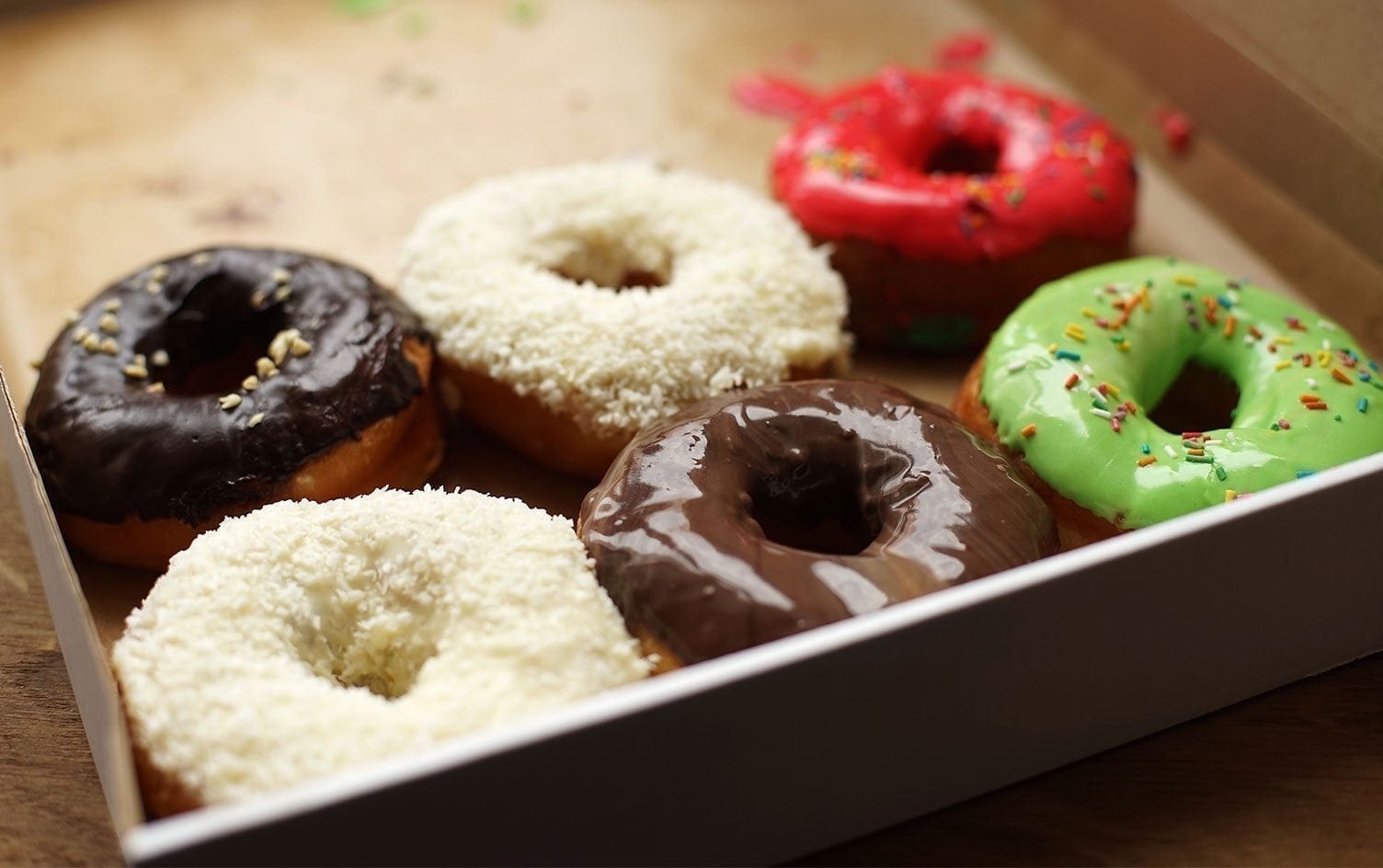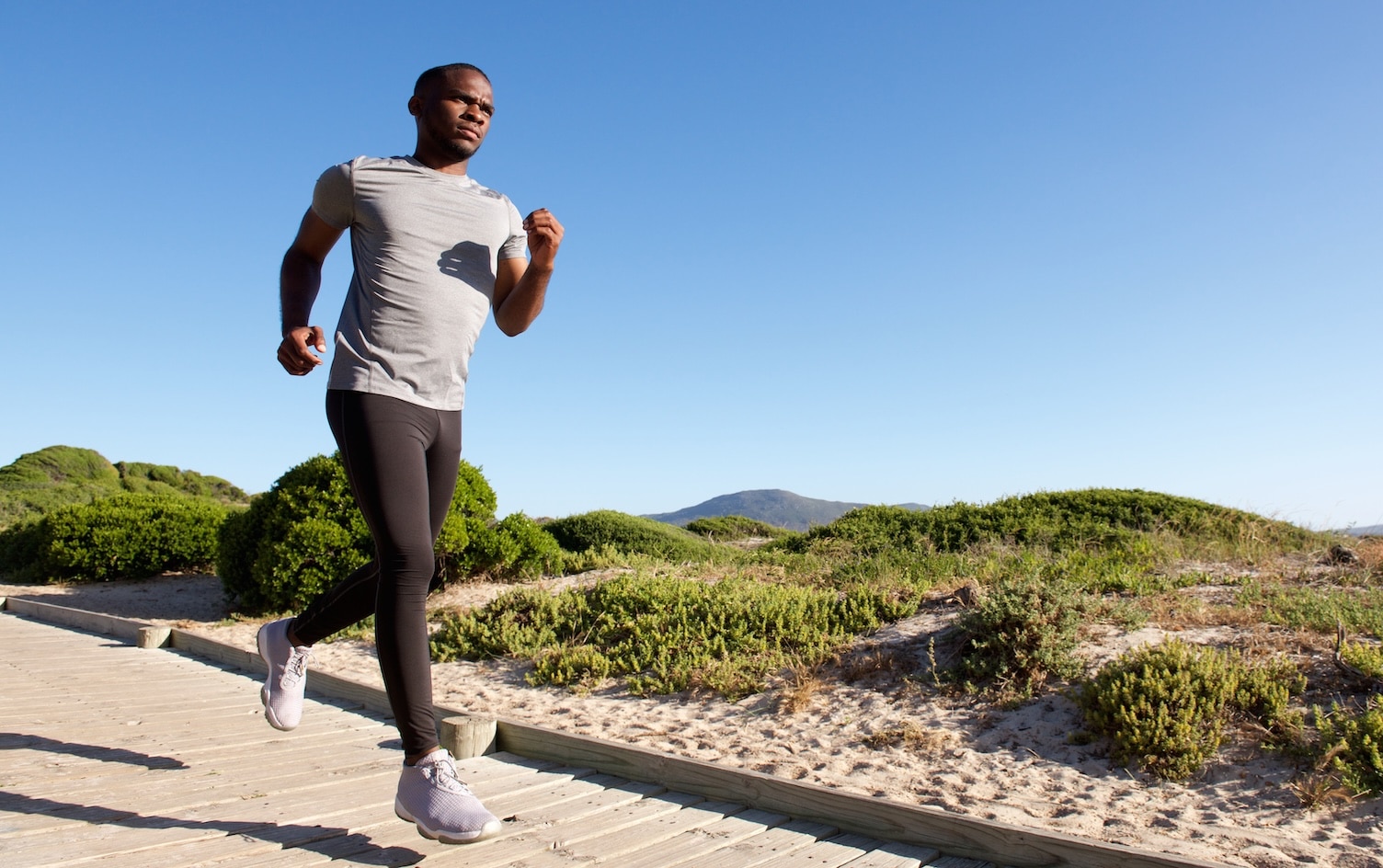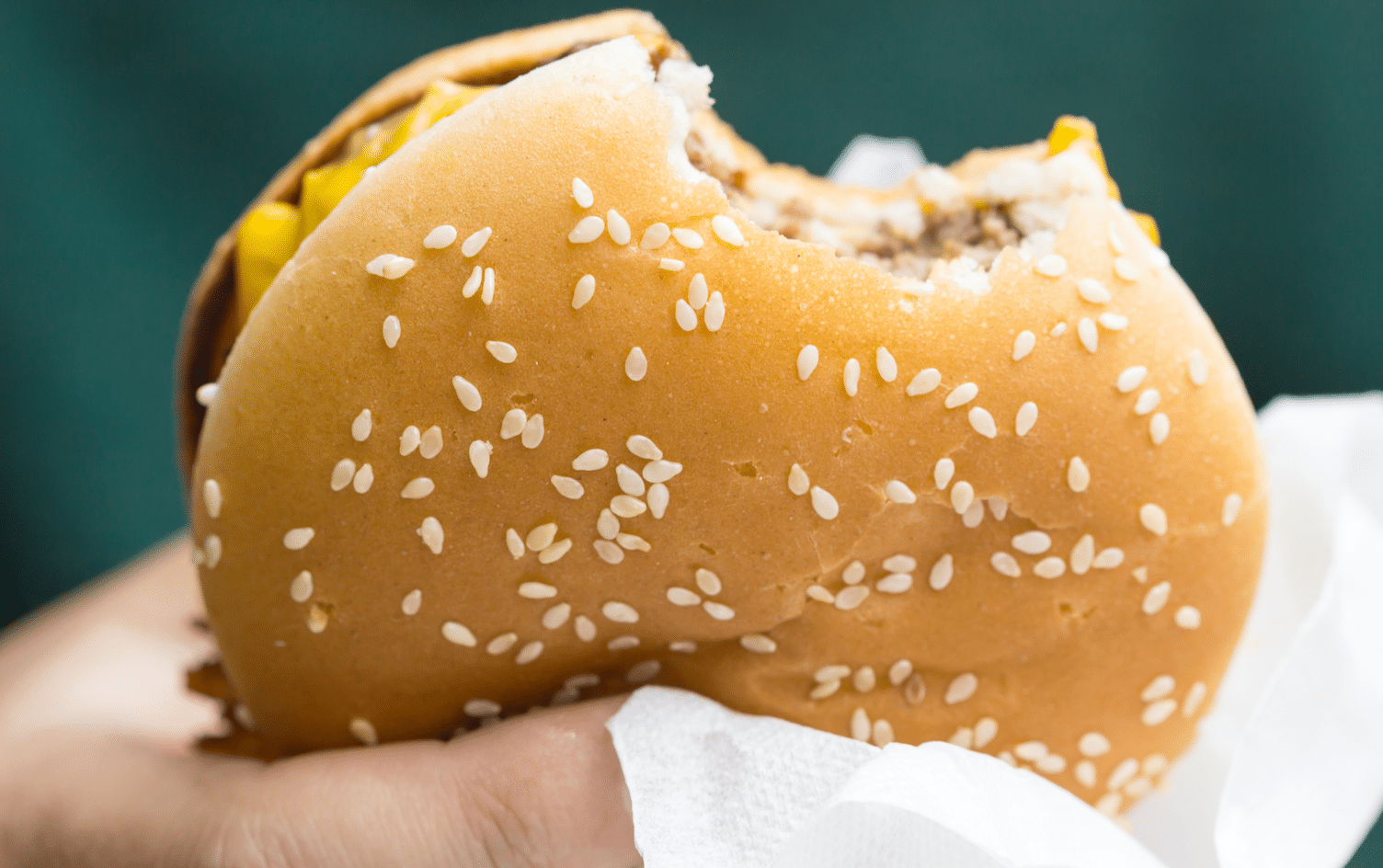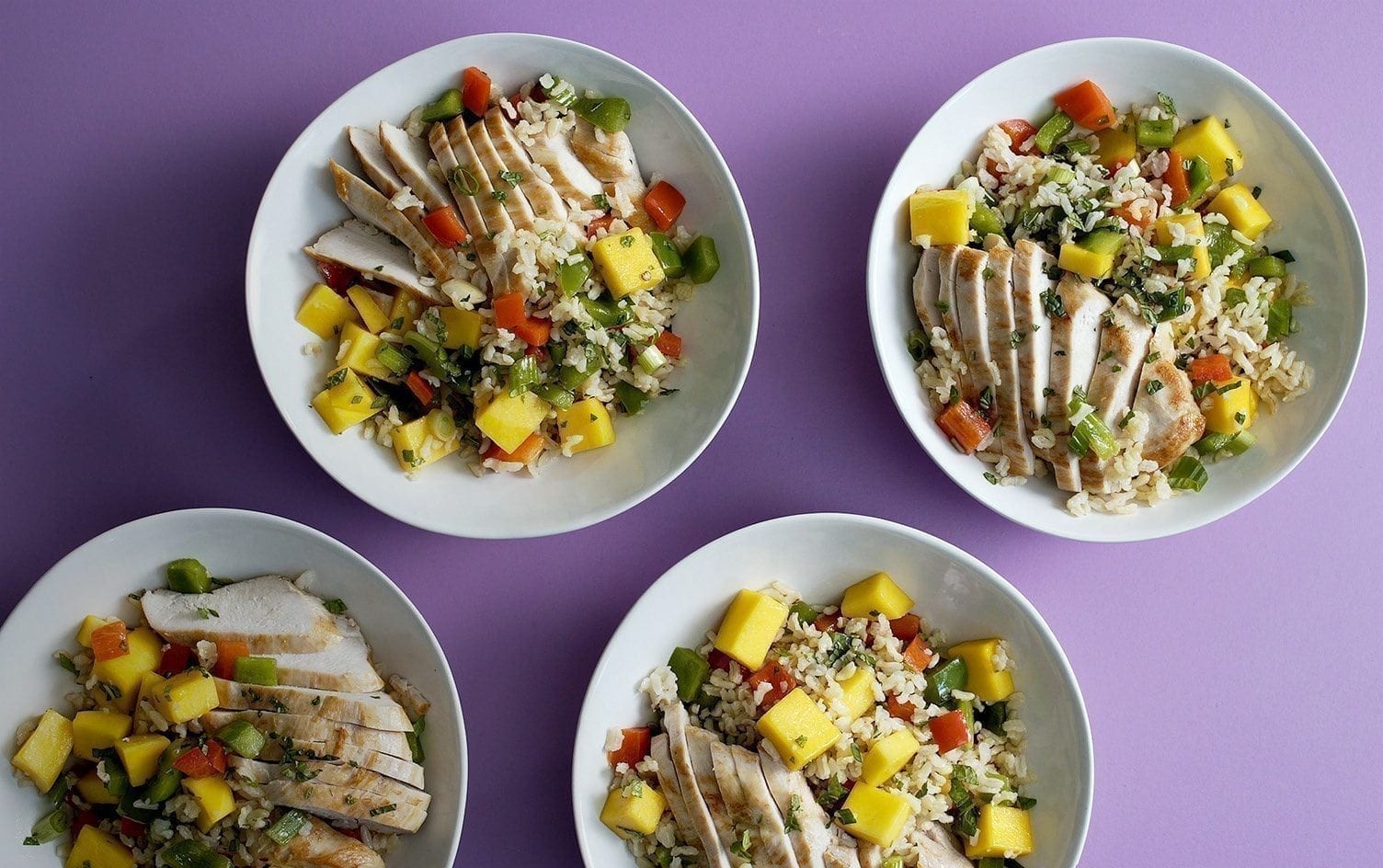It’s there after every meeting. And on Fridays. And birthdays. And every day that the office manager remembers to fill up her candy jar. The two most dangerous words to the subconscious of someone trying to lose weight: free food.
But it’s never really free, is it? In the 1870s, saloons in New Orleans, New York and San Francisco started offering working-class men free lunches with the purchase of a single beer. The lunches seemed to be worth a lot more than the beer. Foods like corned beef sandwiches, all-you-can-eat salted peanuts, salami, pickles and pretzels were served. All of it was salty, so the men became thirsty and ordered more beer. And more beer. Until they had spent much more on beer than the food cost. Hence, “There’re no such thing as a free lunch.”
Free food gets digested in the gut the same way the food you pay for does, but “free” gets digested differently in the brain. Brian Wansink, PhD, studies mindless eating at the Cornell Food Lab, and he has actually tested free office food consumption. It turns out every time we see it — or get near it — we spend a little bit of our limited willpower resisting it.
And the 30th time you walk by that plate of donuts, you’re much more likely to say, “Screw it. I’m hungry!” It doesn’t even matter what the food is — in one experiment, Wansink left out trays of plain, 2-week-old popcorn and watched people reach for more as they walked by the tray again!
Tired of struggling with your willpower? Try these tips to avoid those free office snacks.
1. TAKE THE LONG WAY
Wansink placed candy jars of chocolate in people’s cubicles for a month, then moved them a mere 6 feet away. Simply having the candy closer meant people reached for five more treats a day. That adds up to 125 calories daily, or 12 pounds a year. We often snack because it’s convenient, so taking the long way to the copy machine could make you less likely to grab that candy.
2. REWARD YOUR RESISTANCE
Every time you walk by the break room and don’t stop for donut is a victory. Treat it that way: Do a little spin, tell yourself, “Good job!” or hum a happy tune. By rewarding yourself (non-calorically) whenever you are externally triggered and don’t give in, you are actually creating a small habit loop that will make further resistance easier.
3. BE MINDFUL INSTEAD OF MINDLESS
Instead of immediately popping that mini-Snickers into your mouth, carry it back to your desk and place it in an inconvenient drawer. At the end of the week, look at how much candy is there and think about eating all of it in one sitting without getting a tummy ache.
4. SPEND ALL OF YOUR WILLPOWER ON MEALS
The most effective habit I teach people who want to avoid snacking is very simple: eat three or four meals a day. (Keeping in mind that a “meal” is when you sit down and don’t do anything except eat.) Since most people have no idea how many calories they are sneaking in between meals, this habit eliminates all of them at once, and puts all the willpower you have into three or four decisions. Sometimes it really can be as easy as that.
What’s your strategy for walking by free food? Share in the comments below!




